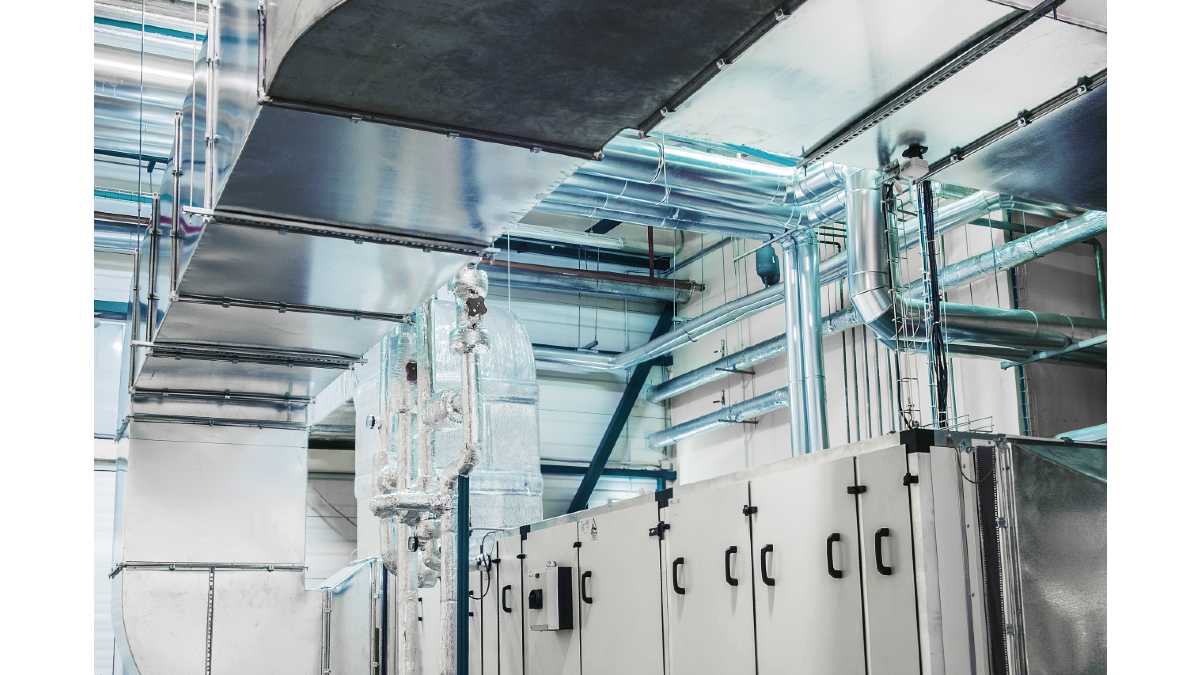 Ventilation experts share their assessments related to the current state and future of the ventilation industry in Latin America.
Ventilation experts share their assessments related to the current state and future of the ventilation industry in Latin America.
by ACR Latin America
Four different points of view on the part of important companies related to ventilation allowed to analyze in greater depth the ventilation sector in Latin America, its future challenges, more recent technological developments, the Covid topic and other analyzes that we will develop in this article.
For this we have the participation of the Sodeca Latam team, the Ziehl-Abegg team in Latin America (1), Miguel Michelena, commercial manager of Casals for Latin America, and Hugo Guarín, Sales Manager Colombia / Panama of Systemair.
Reactivation of the market step by step
Let's start by talking about the behavior of the ventilation sector in Latin America. The issue of Indoor Air Quality has been one of the most relevant factors in marketing and opportunities for the industry, however, our guests agree that we are still in a stage of activity but slowly.
This was stated by Hugo Guarín, from Systemair: "This has been a year similar to 2020, where investment and the state of the projects are directly affected by the changes and speculations in relation to the evolution of the pandemic. Each country has had a different handling of this situation, but in general and in my opinion, the tendency, although slow, will be to improve in the short term increasing the volume of business due to the new requirements in air quality and the high demand for equipment, which allow to maintain the ventilated spaces according to international standards that have been updated in parallel with the evolution of the pandemic ".
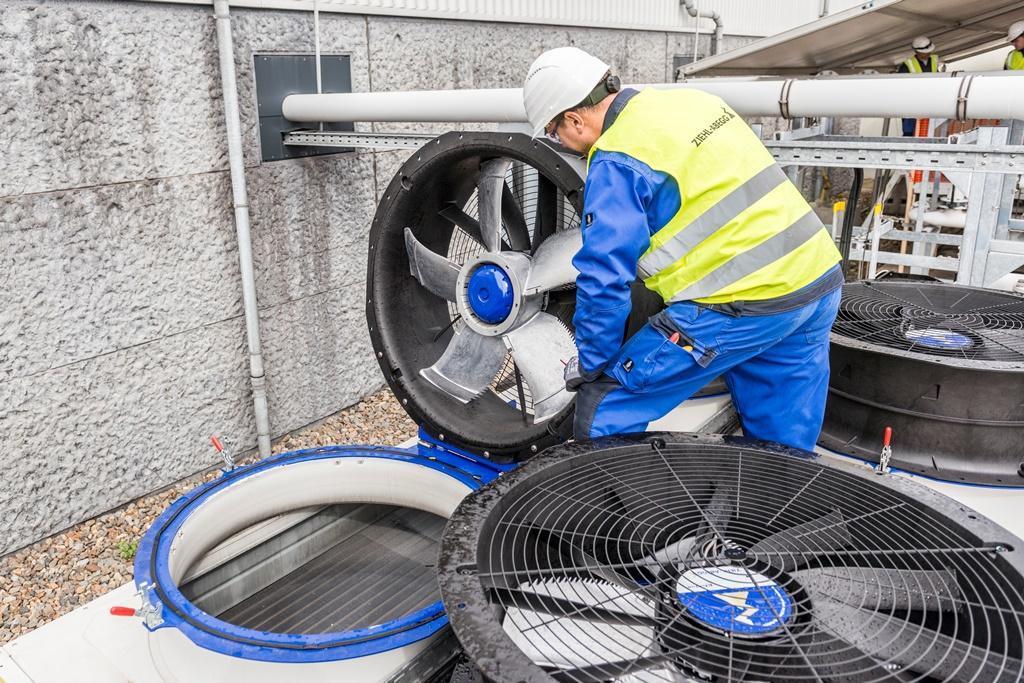
The point of view of Miguel Michelena is similar, who comments: "The activity in terms of offers is extremely active, but the realization of the projects still remains at lower levels than the years before the pandemic."
For its part, the Sodeca Latam team highlights the issue of Indoor Air Quality as a fundamental bastion in the growth of the ventilation sector in our region.
"The ventilation sector, despite the months of mandatory confinement, has been reactivated, with increasing interest in Indoor Air Quality issues. Helping to facilitate environments free of pathogens and viruses is already a necessity that has come to stay and we have invested in research and development to offer innovative solutions adapted to the requirements of this new reality. SARS-CoV-2 has reminded us of the need to ensure indoor air quality which is now a key factor in social and work interactions."
And to close this first analysis, the Ziehl-Abegg team (1) commented on the matter: "The demand for ventilation systems has increased significantly in all segments, on the one hand, depending on the economic recovery and, on the other hand, depending on the requirements of greater flow and filtration in buildings to reduce the risk of Covid contagion."
Impact of the pandemic on the ventilation sector
The analysis of the above market gives us the opportunity to develop much more deeply the impact of Covid on this industry. It's no secret that the need to offer ideal Indoor Air Quality conditions allowed ventilation to be taken with greater interest among new and existing projects. More specifically, our guests recognized that it was necessary to increase the levels of renewal and air filtration and couple new systems and technologies that allowed the disinfection and purification of the same.
Ziehl-Abegg commented: "The quality of the air that living things breathe plays a crucial role in our development, in our performance and in our health, this is not new, but the pandemic has made us suddenly very aware of this. Until very recently thinking about ventilation implied considering only climatic conditions (temperature and relative humidity mainly) for a comfortable environment, however, air renewal has taken on all the prominence and suddenly it is essential and impacts even on our survival. "
Sodeca acknowledges the positive impact of Covid on the industry: "Although it is hard to say, the pandemic has positively impacted the ventilation business. It has involved developing against the clock technologies and solutions that are both effective, safe to give a concrete response to the new needs of breathing clean and healthy air through disinfection, filtration and purification. There is more awareness about air quality in enclosed spaces, about the increase in renovations, we seek an improvement in the air we breathe and equipment that ventilates and purifies indoors. These are imperative if we are to stop potentially dangerous aerosols and air pollution indoors."
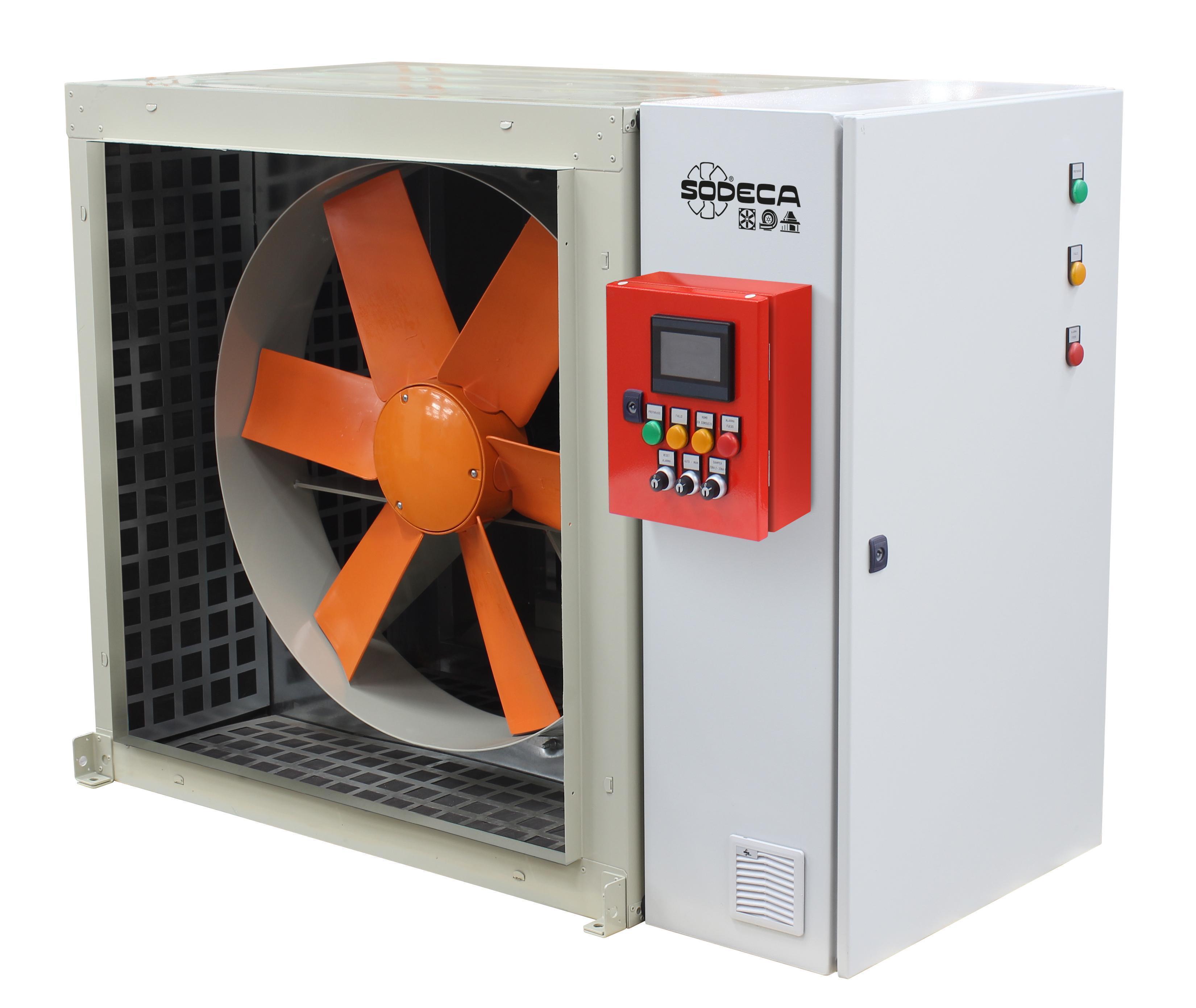
For his part, Hugo Guarín, shares the previous vision, and assures that "as a result of the pandemic we could say that ventilation systems have taken a greater role than we are usually accustomed to both for those who are within the field and for those who are not, now a person of the "common" is aware of the importance of having places with good air quality standards, because much of our time is spent in closed places called office, home, shopping mall, etc. The impact generated has been positive speaking specifically of air treatment systems (UMA, ERV, etc.) that have a certain degree of filtration and excellent quality standards, since they greatly reduce the risks of contracting some type of virus due to poor circulation and low air quality; of course, everything will depend on the type of application, system design and quality of the product implemented."
Miguel Michelena highlights that this pandemic forced a greater correct use of ventilation equipment: "The pandemic has forced the correct use of the systems and the different accessories for filtration and control. The equipment has existed for years in our catalog, but the issues of filtration and frequency of renewal today force the use of the appropriate equipment for handling higher levels of pressure available in the systems, the use of correct filters installed in boxes with adequate levels of tightness driven by fans with the available pressure suitable for proper handling. "
Miguel also highlights the development of air purifiers: "What the pandemic has undoubtedly led us to is the development from scratch of efficient and effective air purifiers for the fight against Covid-19. For example, our purifiers with EN1822 certified HEPA H14 filters were created in record time to deal with a situation that surpassed us all."
Efficiency, the focus of progress
Energy and operational efficiency is the main point of development of ventilation systems. The implementation of EC engines is considered fundamental by our guests, and this is what the factories continue to aim for. Below they will explain how they constantly work on these aspects.
Hugo Guarín, from Systemair, said: "We have achieved energy efficiency with the implementation of highly efficient production systems and with the use of first-class equipment such as our energy recovery systems and EC motors, which have some of the best performance today, added to additional monitoring and control advantages, which offer greater levels of considerable energy savings by allowing direct regulation of motors by means of control signals without using additional equipment in between."
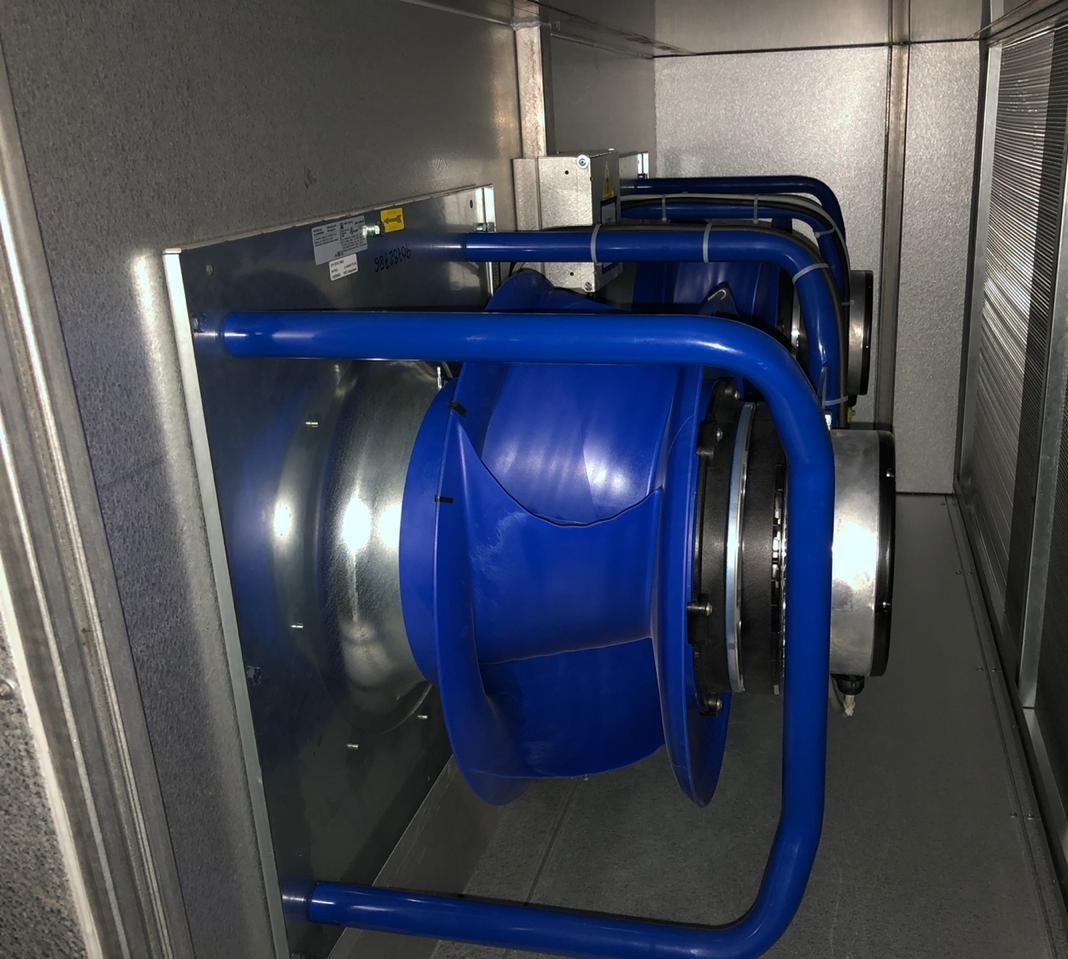
The Ziehl-Abegg team also highlighted the issue of efficiency and implementation of EC motors: "The main focus of the ventilation industry in recent years has been to increase the efficiency of fans, this has been achieved thanks to the development of new technologies such as EC motors (electro-switched), use of variable speed drives, aerodynamic advances and new materials in blades and impellers that ensure minimum energy consumption in the different operating conditions that the system can present. Followed by efficiency, the noise level is becoming more important every day in the market and for this biomimicry has shown us the way to have equipment with a low noise level that is increasingly demanded in the industrial, commercial and residential sectors. "
The connectivity capacity of the fans for real-time control and monitoring that either through Modbus, Bacnet, ethernet communication protocols and / or the use of cloud platform that allows to verify the correct operation of the equipment, as well as anticipate any possible failure in the equipment or system, is another of the developments highlighted by the German company.
Most implemented solutions
On this aspect, the Sodeca Latam team mentioned: "The most demanded solutions are those related to the pressurization of stairs, ventilation in parking lots, both for the extraction of CO, and for the extraction of smoke. After the outbreak of the pandemic and its evolution during all this time, all the projects related to air purification have been strongly incorporated, where in addition to providing a solution, we try to raise awareness about safety, health and comfort of the occupants".
For his part, Miguel Michelena, from Casals, shared his vision in this regard: "The solutions in recent development are around optimizing "global" energy consumption, through ventilation on demand in environments loaded by the presence of human beings, with monitoring and control of pollutants governing the renewal of air in order to have an adequate air quality both in "purity" and "comfort", keeping in control of energy consumption".
Hugo Guarín, from Systemair, added: "Currently the UMA/AHU/UTA air treatment systems with high degrees of filtration certified for demanding environments and the HRV/ERV energy recovery systems under the same quality conditions, have been the products with the highest demand at this time where spaces are required properly conditioned with equipment that decreases, as far as possible, exposure to the different bacteriological agents to which we are directly and indirectly exposed".
Meanwhile, Ziehl-Abegg commented that "speed-regulated ventilation systems are increasingly being implemented in the refrigeration and air conditioning industries for new projects and retrofit and/or upgrade projects. In air conditioning applications, centrifugal fan solutions with EC motors with direct transmission are increasingly demanded for their advantages in terms of maintenance, versatility, control and efficiency. In refrigeration applications, in fruit and/or vegetable pre-cooling systems there is a trend towards reversible axial fans with speed regulation, where we have high air flows at high pressures to have a fast and uniform cooling".
The future of ventilation
The issue of greater awareness, in addition to regulations and legislations to ensure better Air Quality in projects, predict a very optimistic future and constant growth in the coming years for this business niche.
Sodeca, for example, added in this regard that "the future of the ventilation business looks promising, as it is increasingly aware and demands to ventilate and purify spaces to ensure the safety of users. In addition, some countries are already beginning to legislate on these matters."
Miguel Michelena, from Casals, said that "the business will grow at levels much higher than the pre-pandemic era in the medium term. The owners, tenants, occupants of environments begin to keep in mind the need for good ventilation, with which they will begin to accept correct proposals and to know the reason for regulations and good practices that in the past were simply dismissed to save in the construction and investment phase. Ventilation will soon have attention as a primary aspect, on a par with air conditioning."
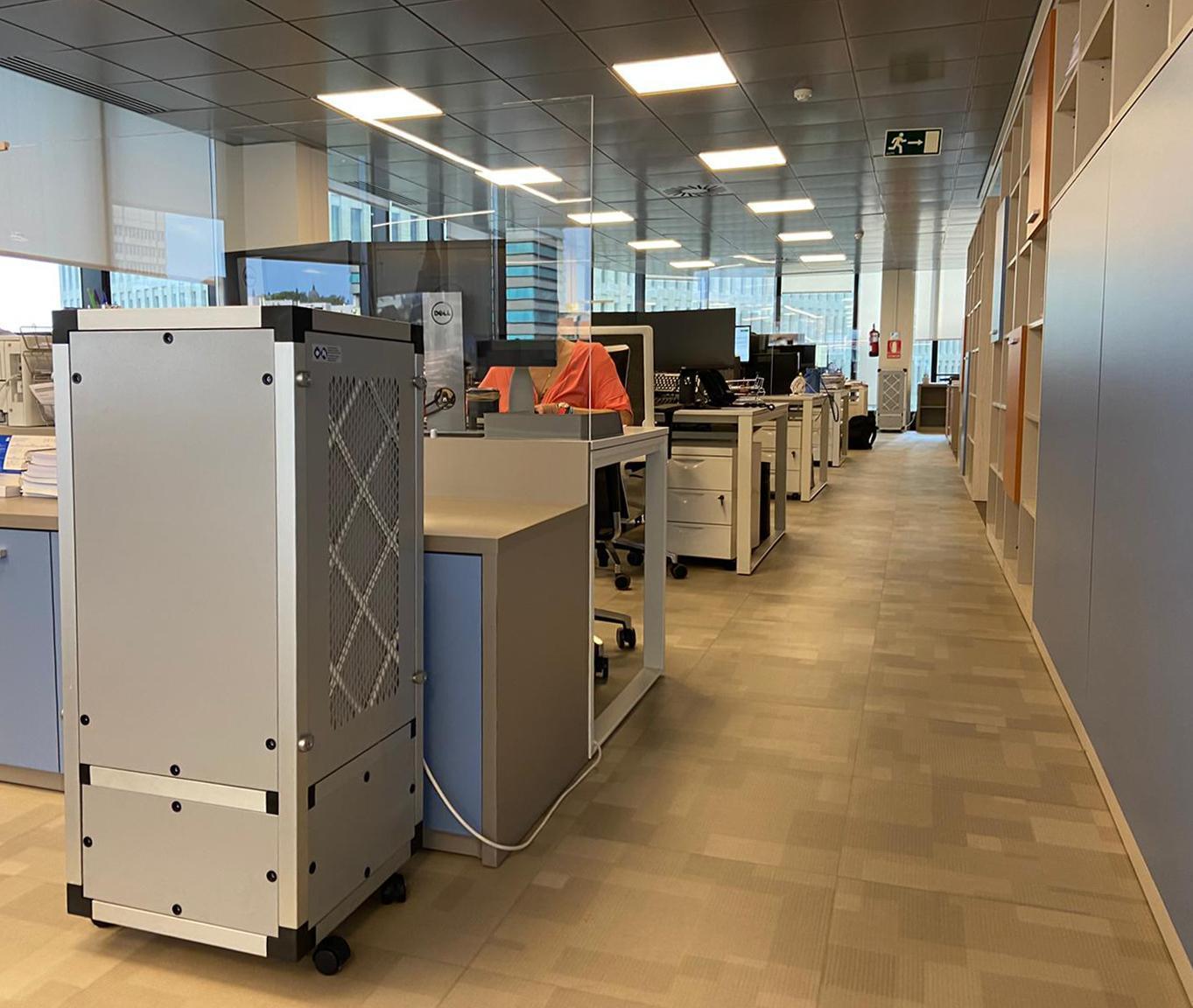
For his part, Hugo Guarín, from Systemair, highlighted the interesting changes that are coming in the market "because customers are training much more thanks to the ease that the media lend us to receive information, thus gaining greater autonomy in the evaluation and choice of the equipment that best suits their needs, finding a cost-benefit balance. At the technological level (to give an example) they are designing I have implemented mostly equipment with EC motors, giving the greatest possible efficiency to the project in terms of engines, and there is a displacement of equipment with high degrees of inefficiency, such as pulley and belt equipment which use technologies tending to disappear in the medium term. "
Finally, Ziehl-Abegg's team reflected on three views regarding the future of the ventilation industry:
- From the point of view of technological evolution, in the future, increasing efficiency and reducing the noise level will be the main drivers of the industry. On the other hand, with the advance of industry 4.0, the connectivity of the equipment will be increasingly important, allowing us to have real-time information on the main variables of the process to operate in optimal conditions.
- From the point of view of the need of living beings (people, animals we raise, plants we grow, even animals with which we live), we have been emphasizing buildings for decades in materials, in design, in insulation, in pipes, but not in the air we breathe, but now we know that an adequate and efficient treatment of the air is not only justified and profitable in much less time than what we had in mind but it is essential.
- From a commercial point of view, we believe that demand in the region will continue to increase at a faster rate than the average economic growth of the region, which is why Ziehl-Abegg constantly invests year after year to develop new products and already today we can tell you that we have very interesting products that will be launched soon attending these new trends.
OUTSTANDING
Recommendations for technicians or installers on ventilation projects
The factories invited to this article offered some recommendations for the guild in charge of correctly developing a ventilation project. Here are their proposals:
Sodeca: - Good engineering in design.
- Good installation in pipelines, review of load losses in the systems, control of leaks and access for maintenance work.
- Control in the execution of the installations, as well as the monitoring of the installation, use and maintenance manuals.
- Good preventive maintenance program.
- Use of quality and energy-efficient equipment. These equipment must be chosen together with the manufacturer or using the computer programs offered by the manufacturer.
Ziehl-Abegg: - From the selection of the fan, the point of operation (flow and pressure), environmental conditions (temperatures, humidity, altitude), the priority in the selection criteria (efficiency, noise level, redundancy, etc.), space limitations and control to be implemented must be clear.
- For the installation and commissioning of the fan, the manufacturer's recommendations regarding the minimum installation distances and the correct configuration of the control parameters must be followed to ensure the maximum efficiency of the equipment, a correct reading of the different variables and a reliable control.
- Finally, keep in mind that ventilation systems during their operation must be checked, perform maintenance routines that ensure the optimal operation of the equipment.
Casals: Assuming that indoor air quality has everyone's attention, ventilation becomes an important element in buildings and will force technicians and installers to respect the principles of ventilation, to execute the designs correctly and to use the indicated elements with awareness of "clean air" above cost issues.
Systemair: Be very clear about the application for which the equipment is being used, be it a standard fan: centrifuge, axial, or a more complex equipment such as an ERV. Additionally, it should be sought to be trained and updated in new technologies, so the installation and commissioning of such equipment will be carried out more fluidly, since there are equipment of greater complexity such as an air handling unit with wheel or plate exchanger for energy recovery with flow control systems, humidity, pressure, in addition to other variables.
* (1). Ziehl-Abegg Team: Juan Carlos Ibarra, Mexico Manager; Tobias Stein, Sales Manager for the Americas; Eduardo Rapacci, Managing Director of Brazil and Colombia; Paz García, Manager of the Food segment at a Global level, and Carlos Valverde, Head of Sales in Peru.



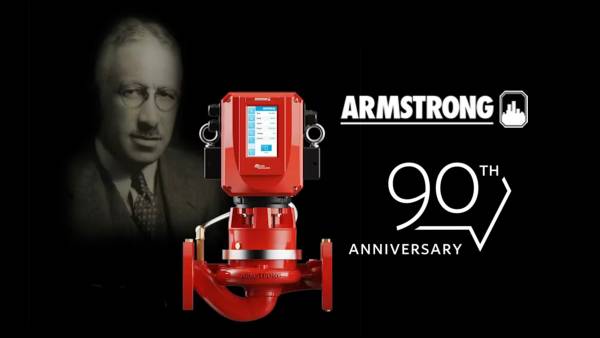
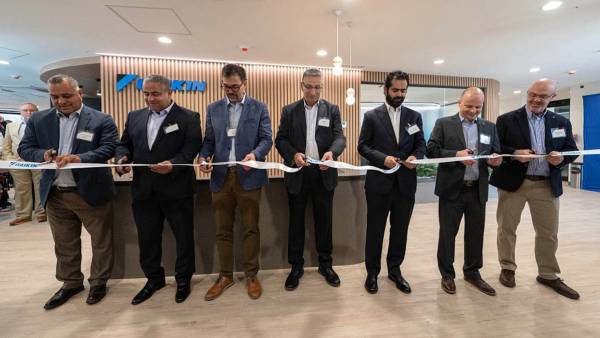
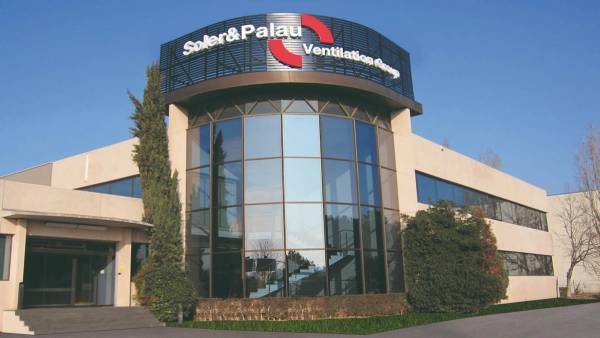


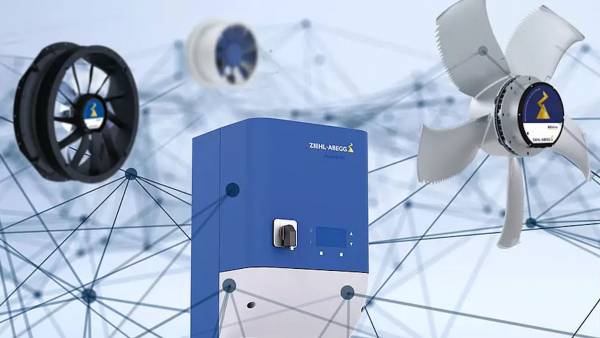
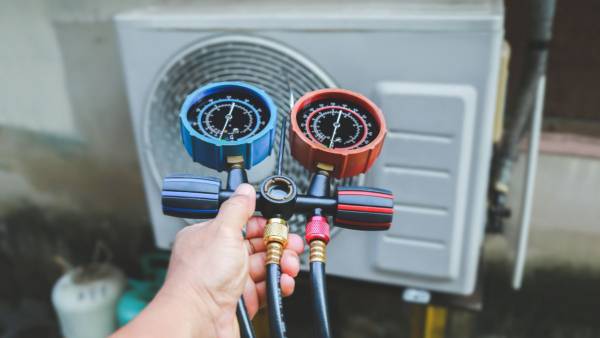
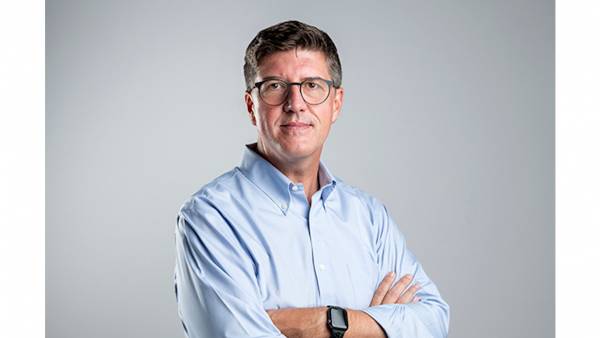
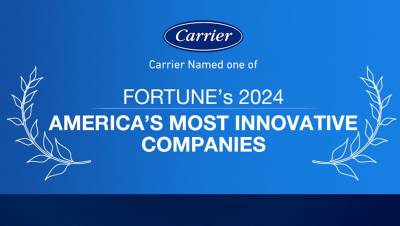
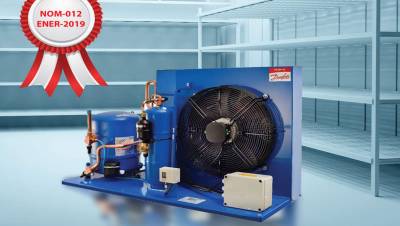
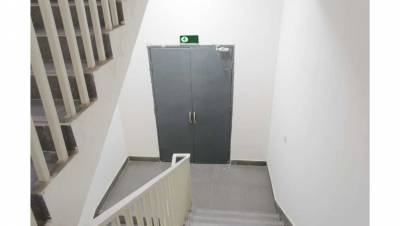
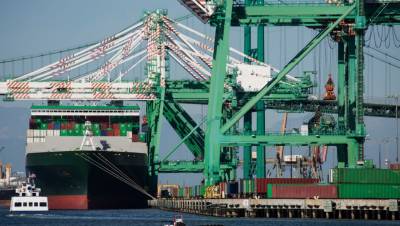


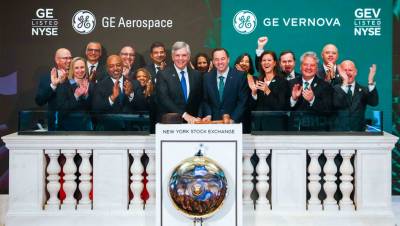







Leave your comment